Best Way to Track Employee Productivity: Improve Workflows and Foster Accountability

Tracking employee productivity efficiently has become paramount for businesses striving to optimize performance and ensure accountability. Employers seek methods that monitor tasks, inspire engagement, and foster a culture of productivity. From traditional time-tracking systems to innovative digital solutions, the quest for the best way to track employee productivity continues to evolve. Here we explore the various methods and technologies of how to track employees work, shaping this essential aspect of workforce management.
21 Ways for Tracking Productivity of Employees
Implement time tracking software
Implementing a time tracker involves integrating specialized tools or applications into your organization’s workflow to monitor and record the time employees spend on various activities. This process starts with selecting the right software that aligns with your organization’s needs and industry requirements. Next, customize the software to capture time spent on different categories of work, such as billable hours, client projects, or internal tasks. Provide comprehensive training to employees to ensure they understand how to log their time and categorize their activities accurately. Regularly monitor the data the software collects to identify productivity trends and make informed decisions about workflow optimization.
Additionally, solicit employee feedback to continuously improve the software’s usability and effectiveness. By implementing time-tracking software effectively, organizations can gain valuable insights into employee productivity and make data-driven decisions to enhance efficiency and performance.
💡 Everhour
With Everhour, you won’t have to worry about how to track employee daily work. Teams can easily track time spent on tasks and projects, analyze productivity trends, and generate insightful reports to optimize workflow efficiency.
What sets Everhour apart is its seamless integration with popular project management tools like Asana, Notion, and Jira, allowing for effortless time tracking within existing workflows. Whether it’s tracking billable hours, employee task tracking, managing team schedules, or analyzing productivity metrics, Everhour offers the versatility and reliability needed to drive productivity and success in any organization.
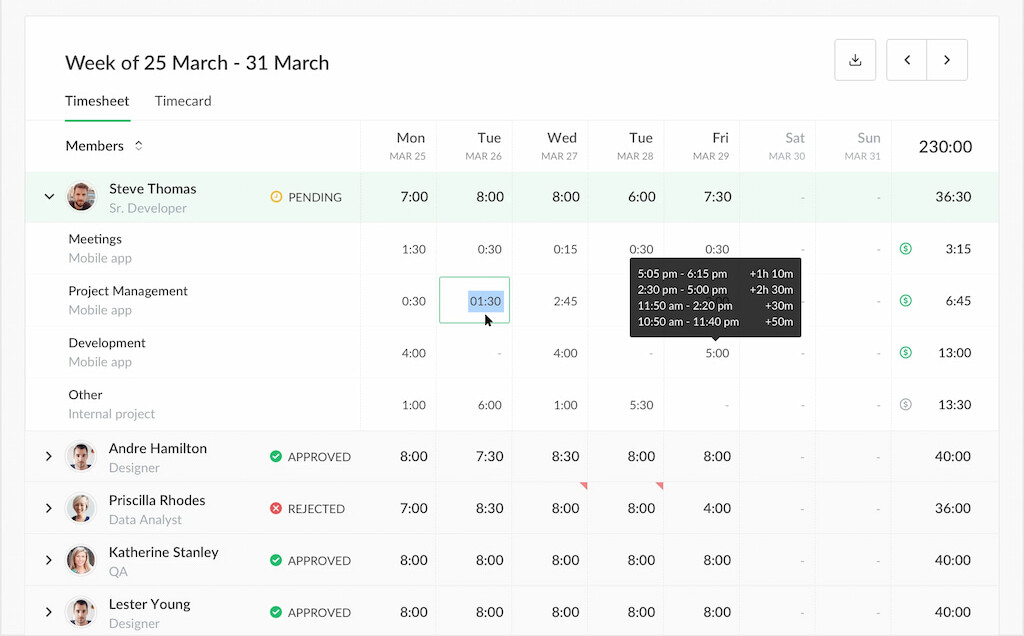
Key features
- Intuitive time tracking: Effortlessly track time spent on tasks and projects.
- Real-time insights: Gain instant visibility into team productivity with real-time reporting.
- Seamless integrations: Integrate with popular project management, CRM, accounting, and other types of software.
- Flexible billing: Easily generate accurate invoices based on tracked hours and rates.
- Team scheduling: Efficiently manage team schedules and assignments for optimal productivity.
- Customizable reports: Create customized reports to analyze productivity trends and identify areas for improvement.
- Budget tracking: Set project budgets and track expenses to ensure projects stay on track.
Pricing
- Free Plan
- Team Plan: $8.50 per user per month, with advanced reporting and integrations
- 14-day free trial
Everhour is the top choice for small businesses and small to mid-size teams of 5 to 50 members, including professionals like software developers, marketers, designers, consultants, lawyers, you name it!
Seamlessly integrating with popular project management tools like Asana, Trello, and Jira, its user-friendly interface and customizable reports make it the ultimate time tracking solution for small and mid-size teams.
With dedicated support ensuring you receive timely assistance, our team is here to help you promptly and with a smile!
Monitor employee activity
Monitoring employee activity includes monitoring their computer usage, internet browsing history, application usage, and keystrokes. By implementing employee monitoring software, organizations can gain insights into how employees are spending their time during work hours, identify potential productivity bottlenecks or inefficiencies, and ensure compliance with company policies and regulations.
To implement employee activity monitoring effectively, organizations should first establish clear policies and guidelines regarding the use of monitoring software to ensure transparency and employee privacy. It’s essential to communicate openly with employees about the purpose of monitoring and how the data will be used.
❗ To navigate this issue ethically, organizations must prioritize transparency, respect employee privacy rights, and use monitoring tools responsibly. Clear policies, open communication, and a focus on improving workflows rather than micromanaging employees can help strike a balance between accountability and respect for individual autonomy. Ultimately, the ethicality of monitoring practices depends on how they are implemented and whether they prioritize the well-being and dignity of employees.
Set clear performance goals
Setting clear performance goals is essential for tracking employee productivity effectively. Define specific, measurable goals that align with organizational objectives. Communicate these expectations clearly to employees through regular meetings and discussions.
Offer ongoing support to help employees achieve their goals. Regularly review and adjust goals based on feedback and changing business needs. Clear performance goals provide employees with a roadmap for success and foster a culture of accountability and continuous improvement.
Regular performance reviews
Schedule periodic evaluations to assess employees’ progress toward their goals and identify areas for improvement. Use these reviews as opportunities to recognize achievements and address any concerns or challenges. Provide constructive feedback that highlights strengths and offers actionable suggestions for development. Engage employees in open and honest discussions about their performance, goals, and career aspirations. By conducting regular performance reviews, you can ensure that employees stay motivated, focused, and aligned with organizational objectives.
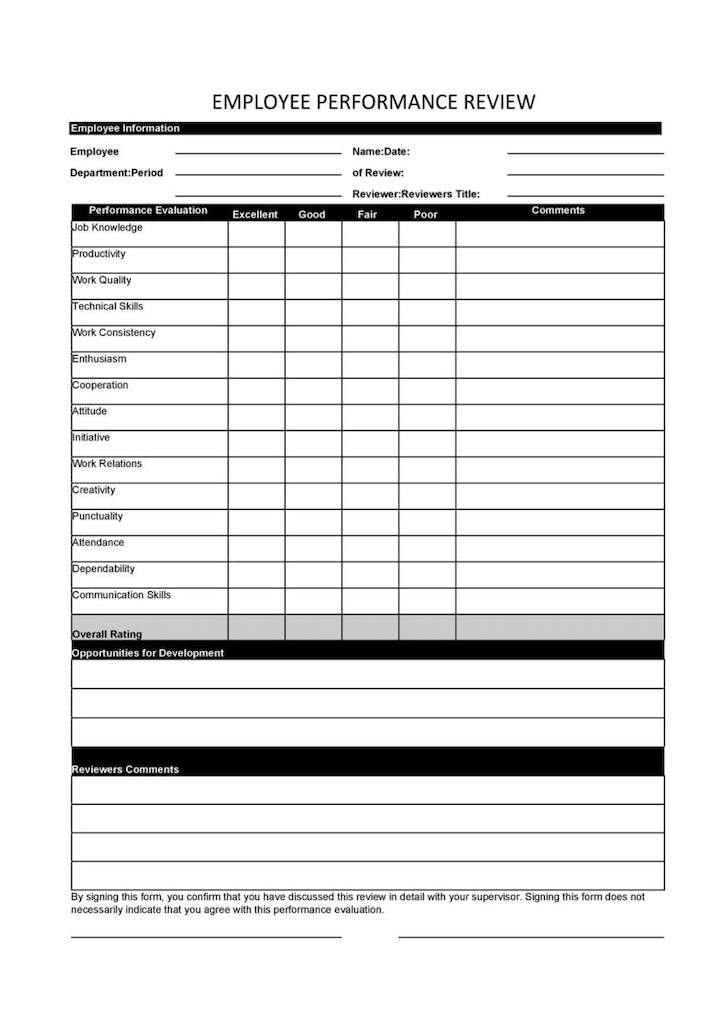
Encourage open communication
Foster an environment where employees feel comfortable sharing their ideas, concerns, and feedback. Establish regular channels for communication, such as team meetings, one-on-one sessions, and anonymous suggestion boxes. Actively listen to employees’ perspectives and address any issues or challenges they may face.
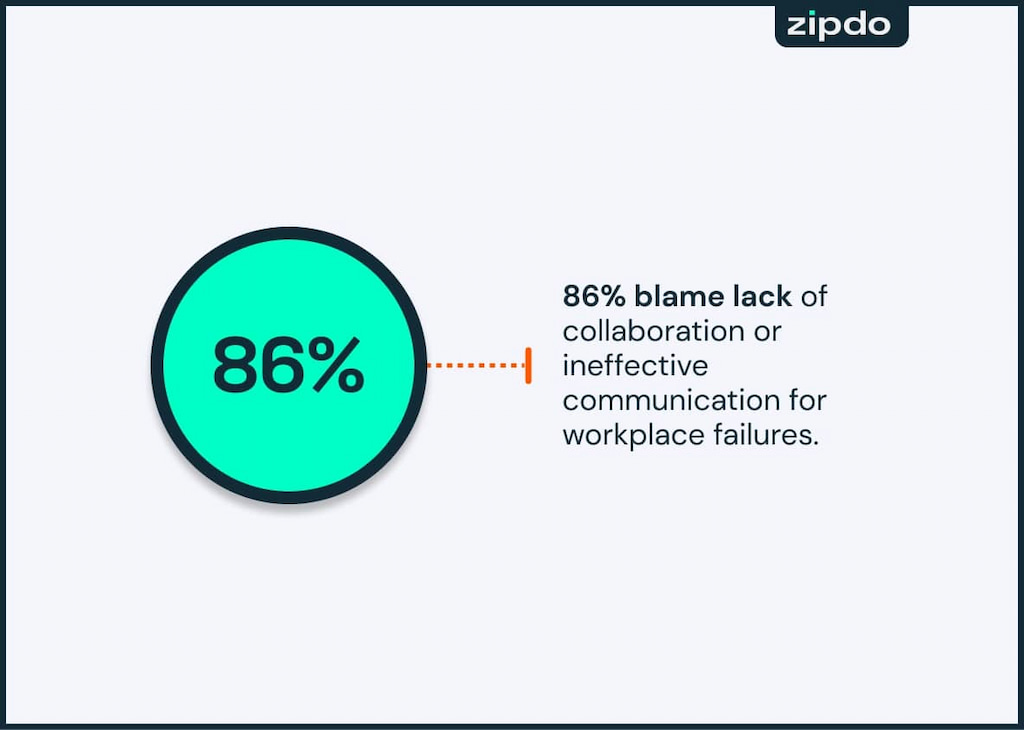
Provide opportunities for employees to voice their opinions and contribute to decision-making processes. By promoting open communication, you can gain valuable insights into employee productivity levels and identify areas for improvement collaboratively.
Provide training and development
Offer regular training sessions to help employees improve their skills and stay updated on industry trends. Provide access to online courses, workshops, and seminars relevant to their roles. Encourage employees to pursue certifications and professional development opportunities.
By investing in their growth, you empower employees to perform their tasks more effectively and efficiently. Additionally, training and development initiatives demonstrate your commitment to supporting employees’ career advancement, fostering loyalty, and boosting morale within the organization.
Offer incentives and rewards
Implement a recognition & incentive program that acknowledges employees’ hard work and achievements. This can include monetary bonuses, gift cards, or other tangible rewards. Additionally, consider non-monetary incentives such as extra time off, flexible work arrangements, or public recognition.
Tailor incentives to align with individual and team goals, encouraging employees to strive for excellence. By recognizing and rewarding outstanding performance, you create a positive work environment where employees feel valued and motivated to deliver their best.
Implement task management systems
Knowing how to track staff productivity entails Implementing task management systems. They streamline workflow and enhance productivity by providing a centralized platform for organizing, assigning, and tracking tasks. Examples of task management systems include Everhour, Trello, Asana, Monday.com, and Todoist.
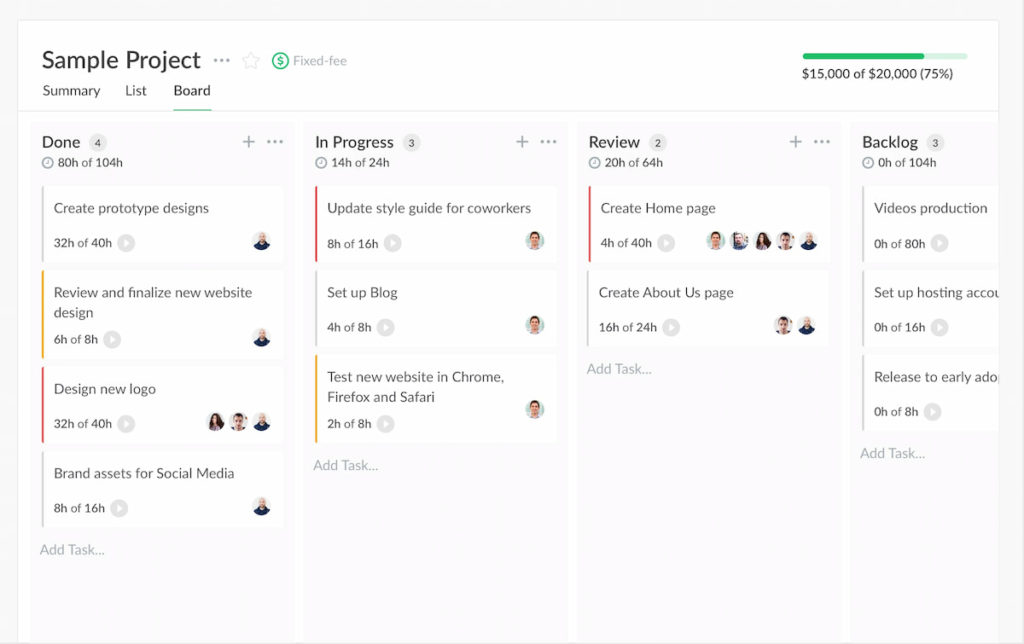
These platforms allow teams to create task lists, set deadlines, assign responsibilities, and track progress in real-time. By utilizing task management systems, organizations can ensure clarity on project objectives, improve collaboration among team members, and maintain accountability for task completion.
Promote work-life balance
Encourage employees to prioritize self-care and set boundaries between work and personal life. Offer flexible work arrangements, such as remote work options or flexible scheduling, to accommodate diverse lifestyles. Provide resources and support for stress management, mental health, and work-life balance initiatives.
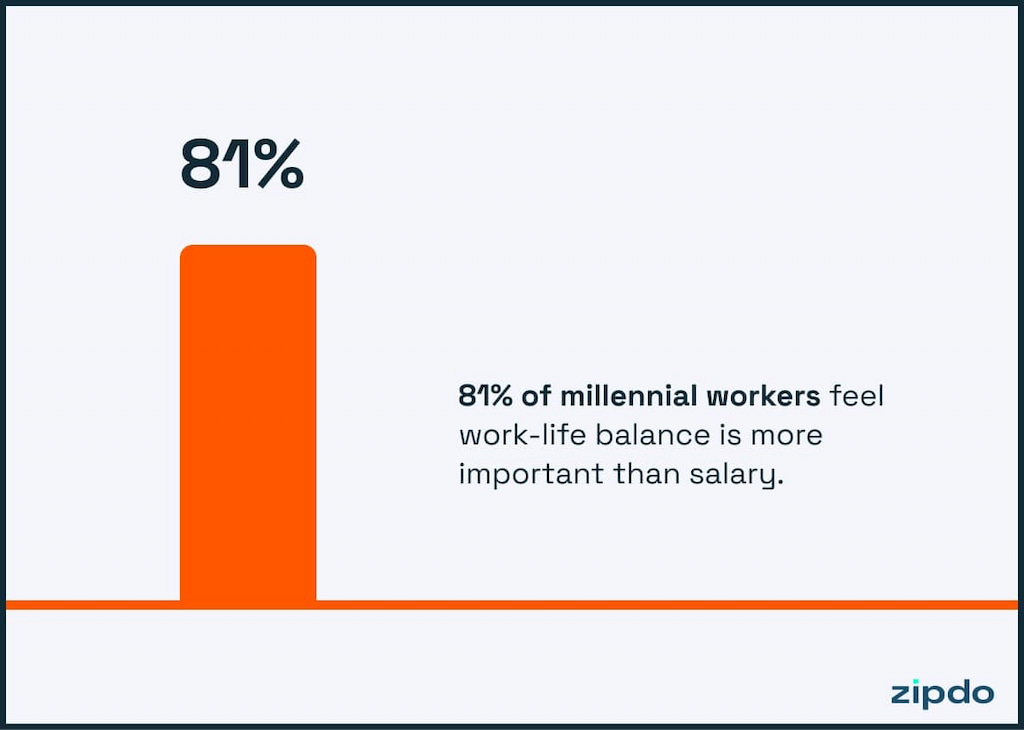
Encourage employees to take regular breaks, vacations, and time off to recharge and avoid burnout. By fostering a culture that values work-life balance, organizations can improve employee satisfaction, retention, and overall productivity.
Utilize employee feedback
Implement regular feedback mechanisms, such as surveys, suggestion boxes, or one-on-one meetings, to gather insights from employees about their experiences, challenges, and suggestions for improvement. Actively listen to employee feedback, acknowledge their concerns, and take appropriate actions to address any issues or areas of improvement identified.
Encourage open and transparent communication channels where employees feel comfortable sharing their feedback without fear of repercussions. By incorporating employee feedback into decision-making processes and continuously seeking ways to enhance the work environment, organizations can boost morale, engagement, and productivity.
Track key performance indicators (KPIs)
Identify relevant KPIs that align with organizational goals and objectives, such as sales targets, project deadlines, customer satisfaction metrics, or production output to measure productivity. Utilize data analytics tools or software platforms to gather, analyze, and monitor KPIs in real-time, allowing for timely insights and decision-making.

Regularly review KPI data to identify trends, areas of improvement, or potential bottlenecks that may impact productivity. Use KPI data to set benchmarks, establish performance targets, and track progress over time, enabling continuous improvement efforts and informed decision-making at all levels of the organization.
Recognize achievements
Whether it’s a simple “thank you” for a job well done or a more formal recognition program, acknowledging employees’ contributions fosters a sense of appreciation and encourages continued high performance. By publicly recognizing achievements, you not only reward individual effort but also reinforce positive behaviors and values within your organization.
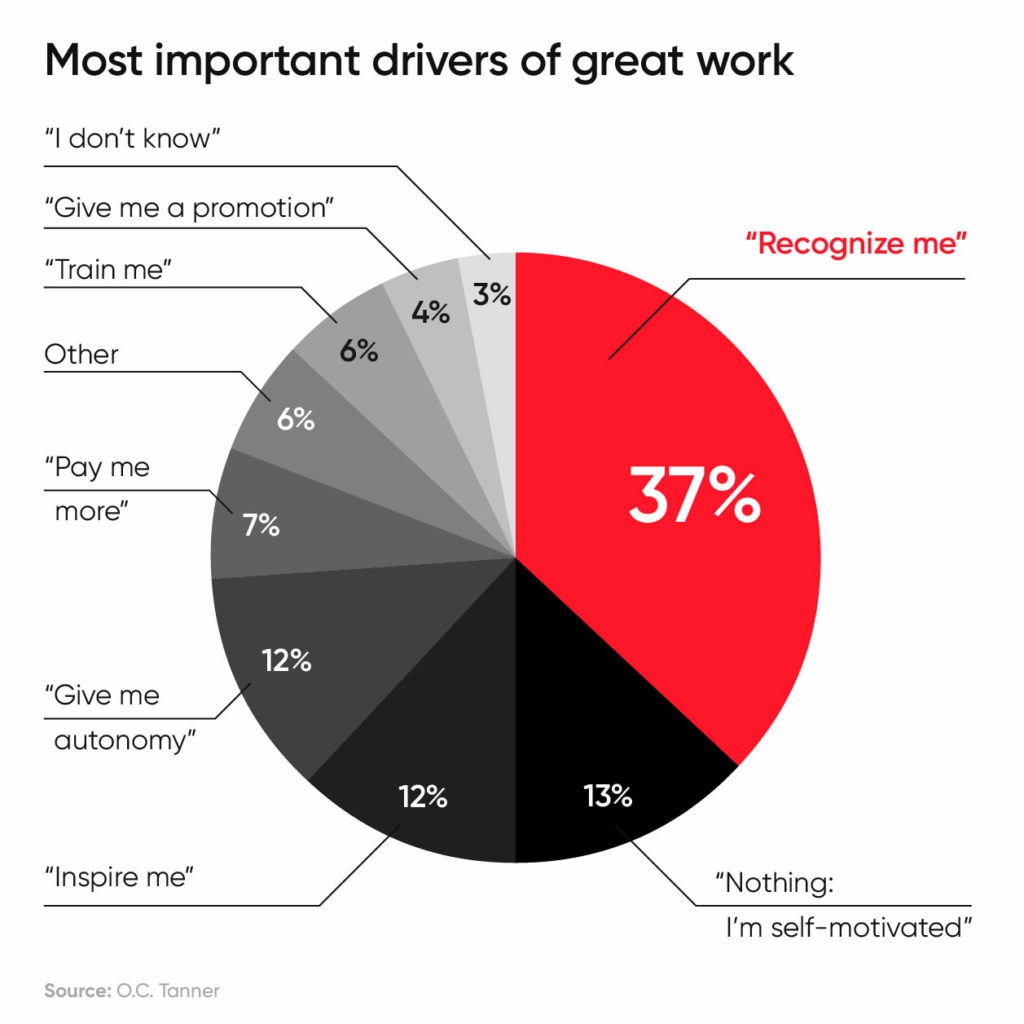
This can lead to increased employee engagement, satisfaction, and loyalty, ultimately contributing to a more productive and cohesive work environment.
Set expectations for communication
Setting clear expectations for communication is vital for ensuring effective collaboration and minimizing misunderstandings within a team or organization. This involves establishing guidelines for how and when communication should occur, such as preferred channels (e.g., email, instant messaging, or meetings) and response times. By defining these expectations upfront, employees know what is required of them in terms of communication, which can help streamline workflows and prevent delays in project completion.
Additionally, clear communication expectations promote transparency and accountability, fostering a culture of open dialogue and trust among team members.
Encourage time management techniques
Encouraging time management techniques is essential for boosting productivity and efficiency in the workplace. Some common time management techniques include:
- Prioritization: Encouraging employees to prioritize tasks based on urgency and importance helps them focus on high-impact activities.
- Time blocking: Encouraging employees to block off specific time slots for different tasks or activities can help them manage their time more effectively.
- Pomodoro technique: Encouraging employees to work in short bursts (e.g., 25 minutes) followed by short breaks can help improve focus and productivity.
- Setting deadlines: Encouraging employees to set deadlines for tasks helps create a sense of urgency and accountability.
- Avoiding multitasking: Encouraging employees to focus on one task at a time can help reduce distractions and improve concentration.
- Using productivity tools: Encouraging employees to use tools such as task management apps, calendars, and time tracking software can help them better organize their work and manage their time more efficiently.
- Regular breaks: Encouraging employees to take regular breaks throughout the day can help prevent burnout and improve overall productivity.
Monitor project deadlines
By regularly monitoring project deadlines, teams can stay organized and focused on the tasks needed to meet project milestones. It helps identify potential delays or obstacles that may arise, allowing teams to take proactive measures to address them.
Effective monitoring also ensures that resources, such as manpower and budget, are allocated efficiently to meet project requirements.
Additionally, it helps prioritize tasks based on their urgency and importance, ensuring that critical tasks are completed first. Regular monitoring also facilitates better communication among team members, as it ensures that everyone is aware of project timelines and deadlines.
Regular check-ins with employees
Consistent check-ins involve scheduling periodic meetings to discuss progress, challenges, and goals. These meetings can be set up through calendar invitations, virtual platforms, or team gatherings. They provide an opportunity for open communication, feedback, and alignment on expectations, fostering trust and collaboration within the team.
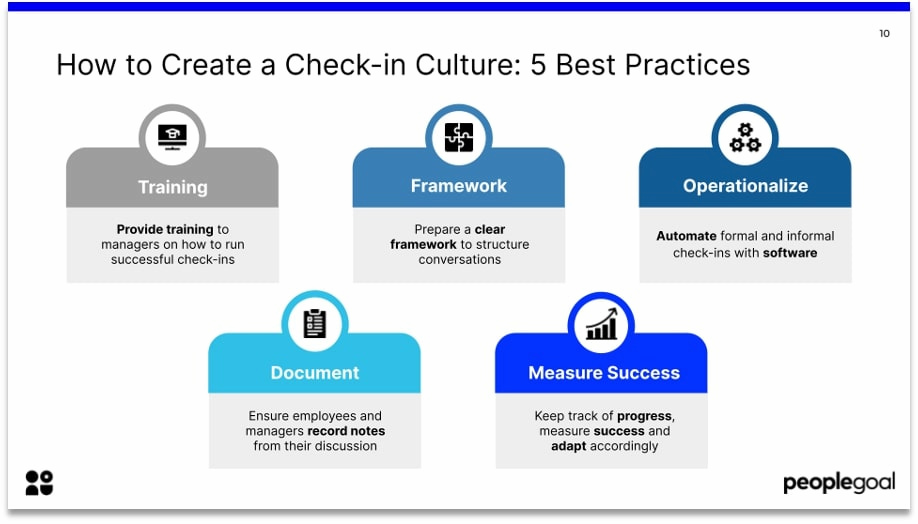
Managers can also maintain an open-door policy and utilize feedback tools to ensure ongoing communication and support for employees’ professional growth.
Model productivity behaviors
Model productivity behaviors entail leading by example and demonstrating productive work habits and behaviors. Managers and leaders should prioritize tasks effectively, manage their time efficiently, and demonstrate a strong work ethic to inspire and motivate their team members. By modeling productivity behaviors, leaders set a positive example for their team, encouraging them to adopt similar habits and work practices.
Provide feedback and recognition
Providing feedback and recognition involves regularly providing constructive feedback and acknowledging employees’ contributions and achievements. Recognizing employees for their hard work and accomplishments fosters motivation, morale, and engagement, while constructive feedback helps employees improve and grow professionally. By offering timely and specific feedback, managers can help employees understand their strengths and areas for improvement, empowering them to reach their full potential.
Foster a positive work environment
Creating a positive work environment entails creating a supportive and inclusive workplace culture where employees feel valued, respected, and motivated to do their best work. This involves promoting teamwork, collaboration, and open communication, as well as addressing any issues or conflicts promptly and effectively.
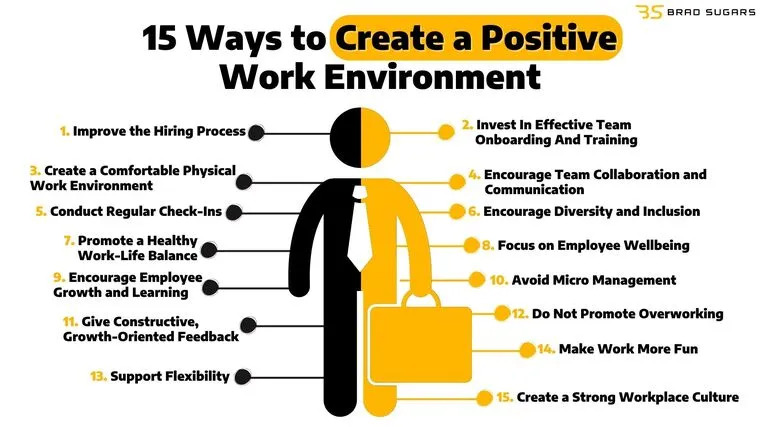
A positive work environment enhances employee experience, morale, and satisfaction, leading to higher levels of productivity and performance.
Monitor employee satisfaction
Monitoring employee satisfaction involves regularly assessing employee satisfaction and engagement through surveys, feedback sessions, or informal conversations. By understanding employees’ needs, concerns, and preferences, organizations can identify areas for improvement and take proactive steps to enhance employee satisfaction and retention. Regular monitoring of employee satisfaction helps organizations stay attuned to their workforce’s evolving needs and priorities, driving continuous improvement initiatives and fostering a positive work environment. Here are some ways to do it:
- Conduct regular surveys or questionnaires to collect anonymous feedback on employee satisfaction levels, job satisfaction, and overall workplace experience.
- Utilize employee engagement software to measure sentiment, track trends, and identify areas for improvement.
- Implement suggestion boxes or digital feedback channels to encourage employees to voice their opinions and suggestions openly.
- Hold focus groups or town hall meetings to discuss key issues, gather insights, and brainstorm solutions collaboratively.
- Monitor employee turnover rates, absenteeism, and performance metrics as indicators of job satisfaction and overall morale.
- Offer exit interviews for departing employees to gain valuable feedback on their reasons for leaving and areas for organizational improvement.
Ensure fairness in workload distribution
Ensuring fairness in a working environment entails distributing tasks and responsibilities fairly and equitably among team members. This involves considering employees’ skills, experience, and workload capacity when assigning tasks and making adjustments as needed to prevent burnout and ensure a balanced workload for everyone.
Fair workload distribution promotes a sense of equity and fairness within the team, minimizing resentment and frustration and fostering a collaborative and supportive work environment.
Best Way to Track Employee Productivity: Wrapping Up
In conclusion, knowing how to track productivity at work is essential for optimizing workplace performance and fostering a culture of accountability and efficiency.

Utilizing tools like Everhour can offer streamlined solutions for tracking time, managing tasks, and analyzing productivity metrics. With Everhour’s comprehensive features and user-friendly interface, businesses can gain valuable insights into employee performance and make informed decisions to drive success. Embracing a holistic approach to tracking employee productivity not only enhances individual and team performance but also contributes to overall organizational growth and success.
